Female Rage in Art
Since Auguste Toulmouche’s 1866 masterpiece The Reluctant Bride recently captured the internet’s attention, discussions about female rage...
Martha Teverson 6 May 2024
Sadly, an influential American art historian and critic Barbara Rose died from cancer on December 25th, 2020. Born in 1936, she studied art history at Columbia University with Meyer Schapiro; and she rubbed shoulders with important figures of the Avant-Garde such as Marcel Duchamp, Donald Judd, and Frank Stella, whom she even married in 1960. Rose was an important figure whose writing largely contributed to the definition of 20th-century art. Here are four things to remember about her legacy in art history.
Barbara Rose was a loyal defender of painting as a medium. Yet, she began her career in the 1960s, a period in which the debate over the death of painting was at its climax. Indeed, the apparition of modern technologies in the 19th century, such as photography, fomented the growing anxiety that painting had become obsolete. The idea has persisted for a long time, even though it is now being reconsidered.
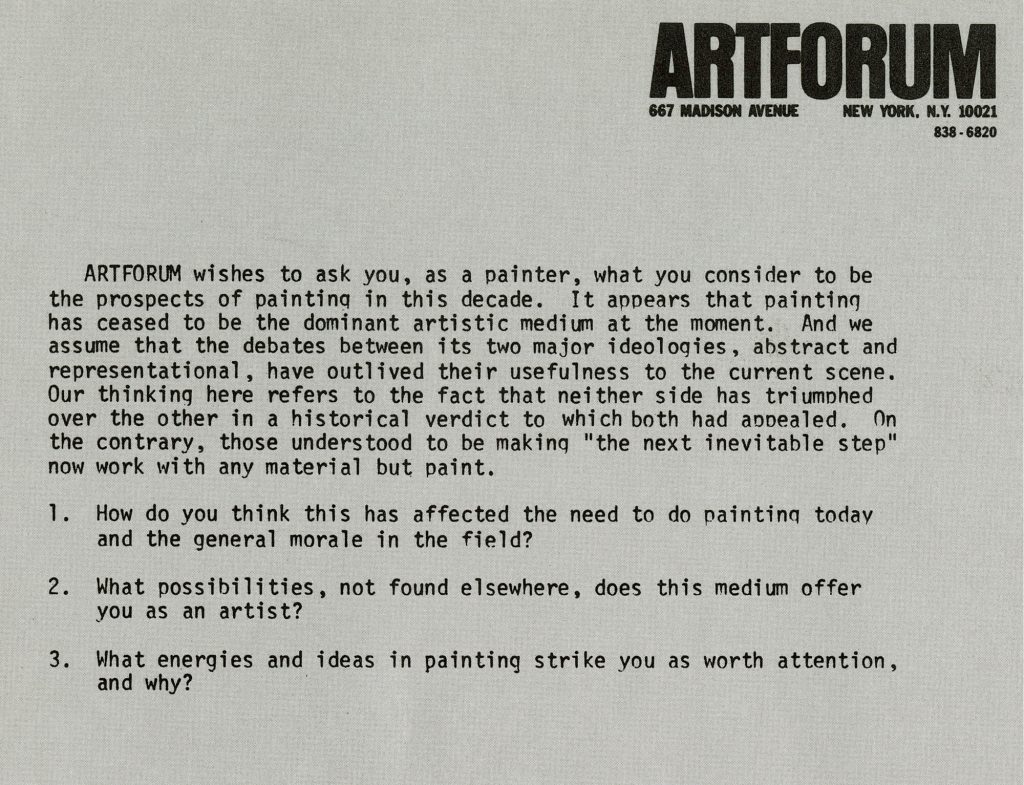
As for Rose, she never stopped believing painting still had something to say. In 1979, she organized an exhibition ambitiously called American Painting: The Eighties. Because of the bad reputation the medium had at this time, the show received a mixed reception.
“Whatever its faults, the show is adamantly pro-painting; and it comes as a reply to those who have doubted its integrity for some time. One feels, however, that serious ambition is lacking somewhat here.”
Hal Foster for Artforum. ARTnews.
It didn’t throw off Rose, who reiterated her stance in 1991 with Abstract Paintings: The Nineties. The originality of these exhibitions is that they pretended to present a decade that hadn’t yet existed. Rather than looking retrospectively at a period, Barbara Rose anticipated art history by revealing new generations of painters.
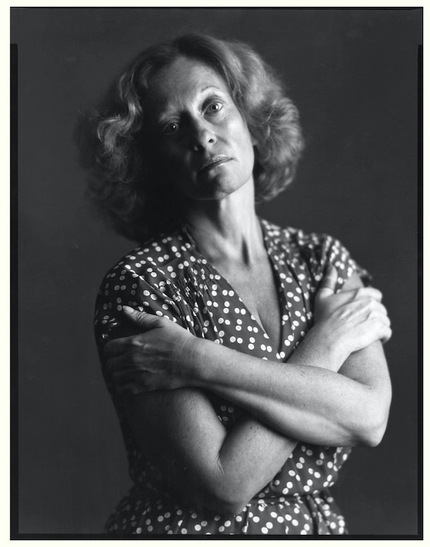
Barbara Rose’s career officially launched in 1965, after she wrote ABC Art for the magazine Art in America. This text is considered a cornerstone for art historians studying minimalism, but not only minimalism. An article in Artspace declared ABC Art as one of the essays “that changed art criticism forever”, though Rose rejected the idea that her text had such an impact. Barbara Rose wasn’t the only one who noticed a change of “sensibility”, as she describes it, but she was among the first to take it seriously.

Unlike her predecessors, such as Clement Greenberg who promoted Abstract Expressionism, Rose didn’t explain the creation of an art movement through her writing. Rather, it is as if the author herself tried to understand the meaning of a shift in the artistic production at large — sculpture, paintings, but also dance, music, and literature — by methodically listing a series of common characteristics between different young artists.
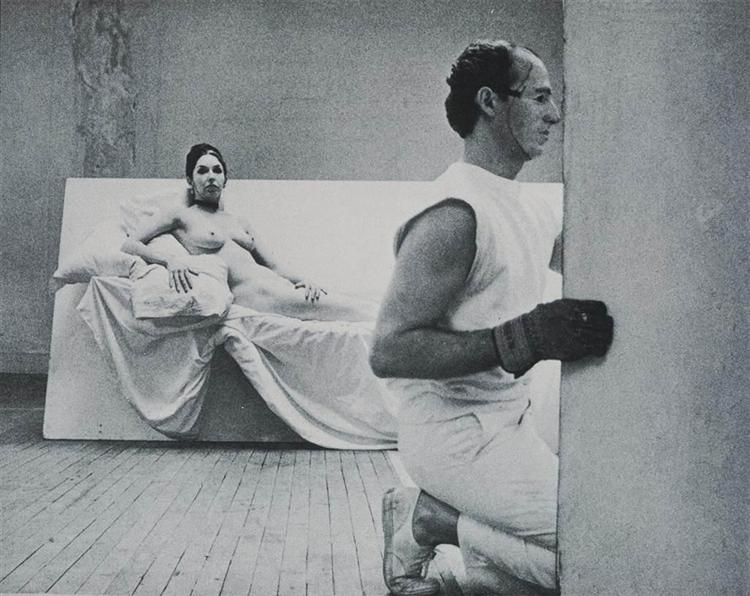
As previously stated, Barbara Rose wrote a great length about minimalist artists. The art world is a small community, and with the New York scene being even smaller, everybody knew each other. Among this little world, some decided to help each other with their respective talents. For Rose, it was through art writing.
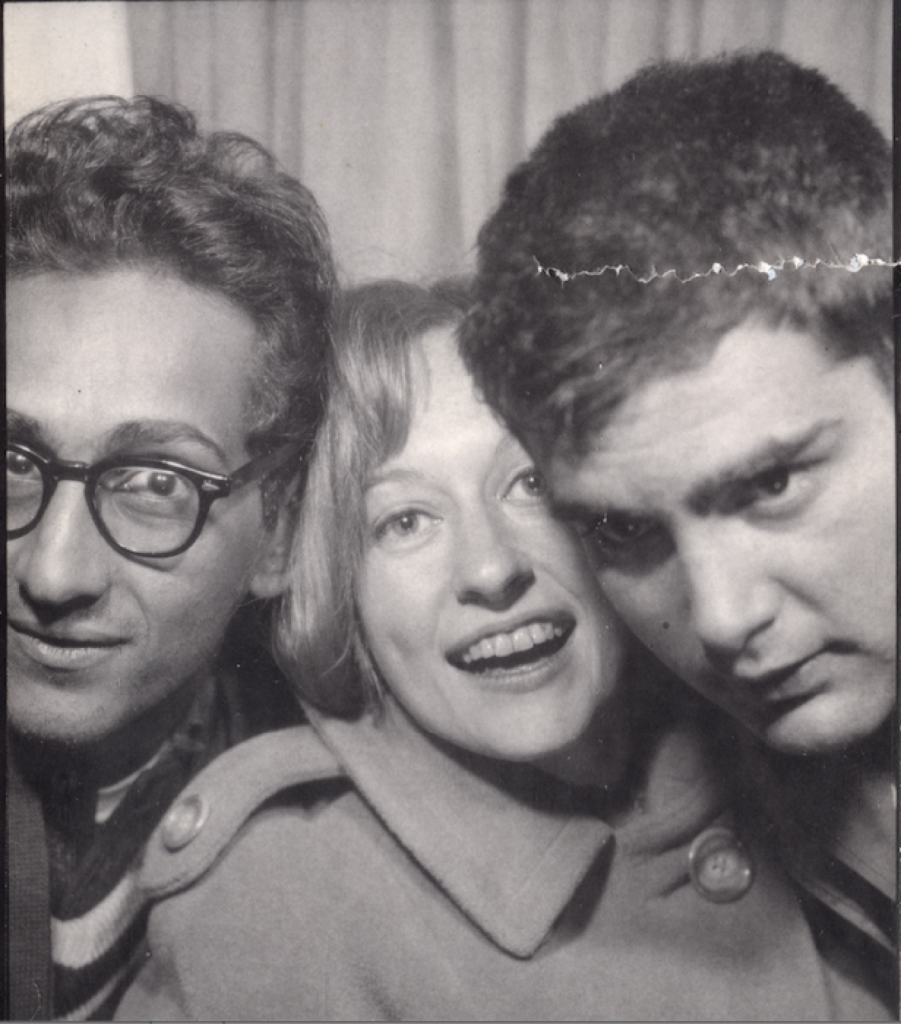
But Rose didn’t just write about her friends. She was always eager to discover and encourage new talents. This is why she made a lot of studio visits. Meeting artists in their work environment is as beneficial for them as for the art writer. It allows an actively engaged conversation with the artists and their work, which can in itself open up many more possibilities than a regular interview in a neutral environment.
Combining her art history knowledge with her writing skills and all the while bringing a human experience to the reader, Barbara Rose’s articles have an inimitable richness. In a time where information has to be delivered in a continuum, faster and faster, this kind of writing is even more valuable.
As a woman, Barbara Rose certainly knew about gender inequity in the art world. Without proclaiming to be openly feminist, she was nevertheless engaged in promoting women artists and participated in this way to change the male-oriented art history canon.
A significant example of this engagement is that she was the one who consecrated Lee Krasner’s first retrospective. Married to Jackson Pollock, Lee Krasner had put her career aside in favor of her complicated and absorbing husband’s. She never stopped painting though. Overlooked for a long time, her contribution to the New York School has now been reconsidered thanks to people like Barbara Rose.
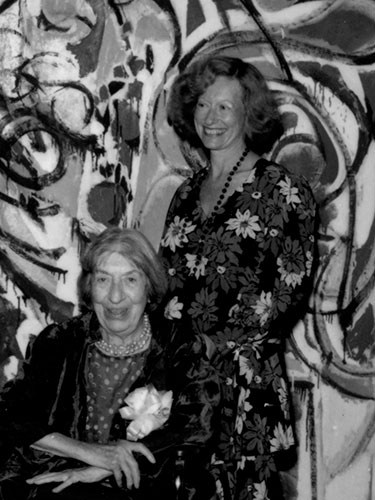
Even after she is gone, the legacy and actions of this outstanding art critic will continue to inspire aspiring art writers.
DailyArt Magazine needs your support. Every contribution, however big or small, is very valuable for our future. Thanks to it, we will be able to sustain and grow the Magazine. Thank you for your help!